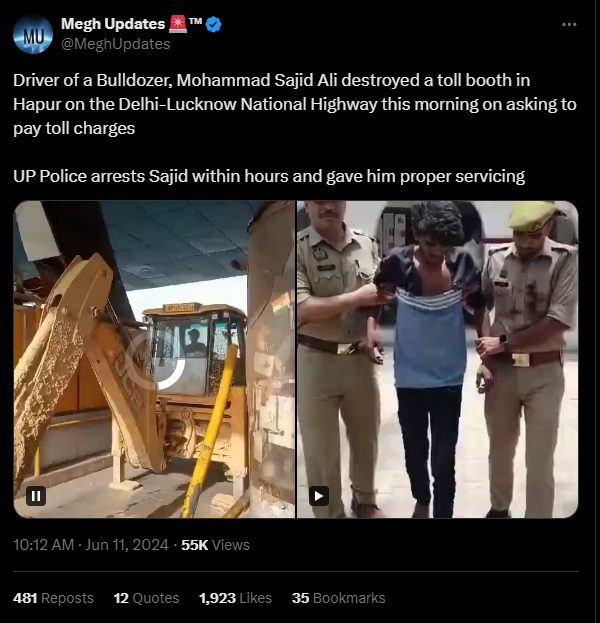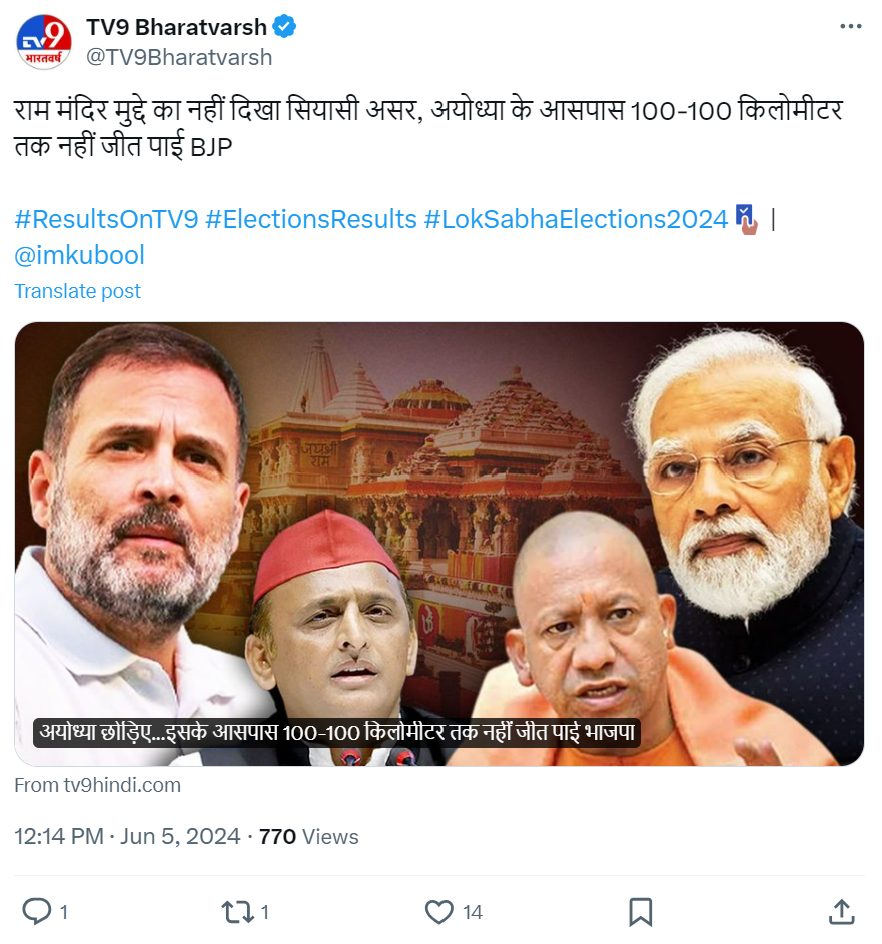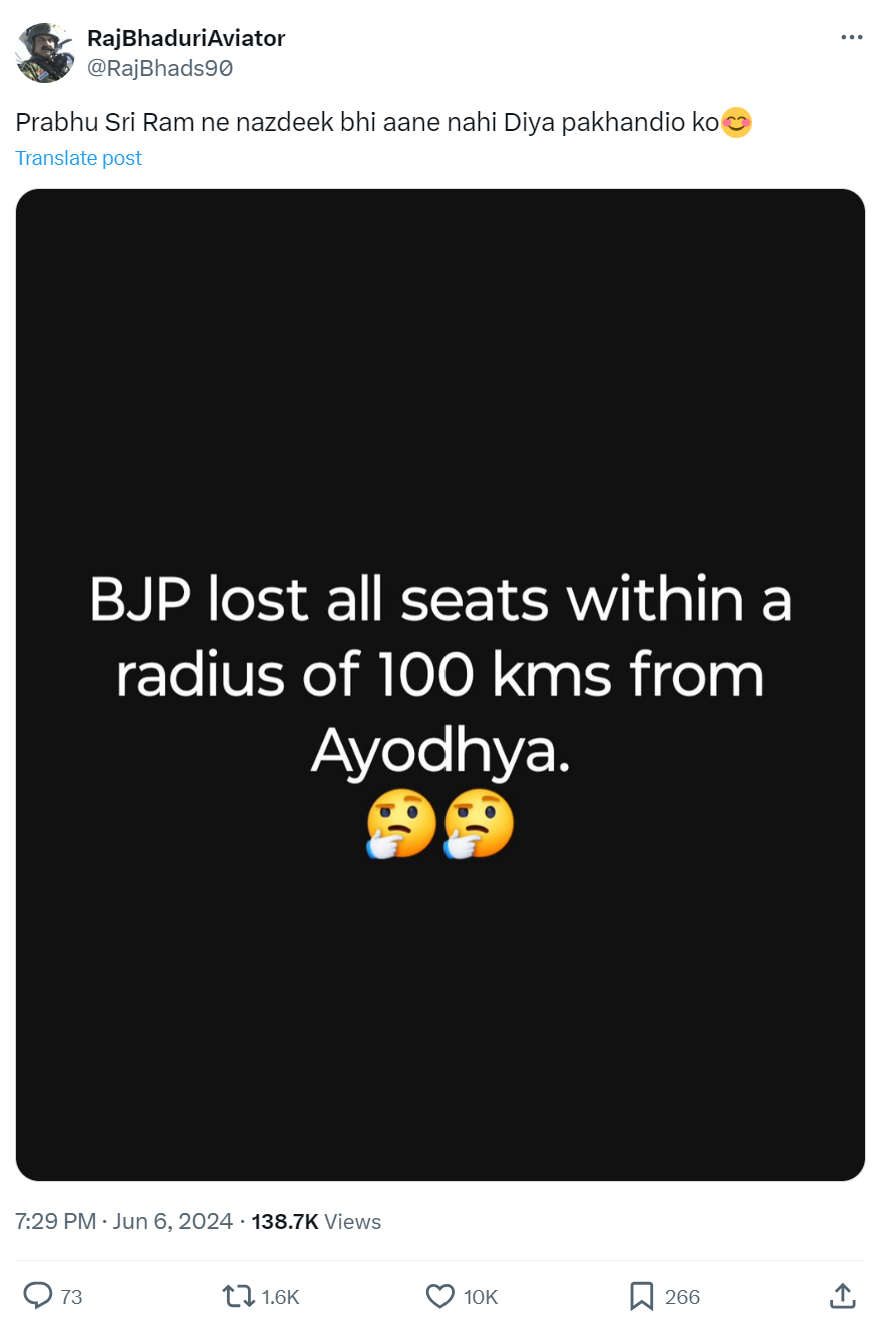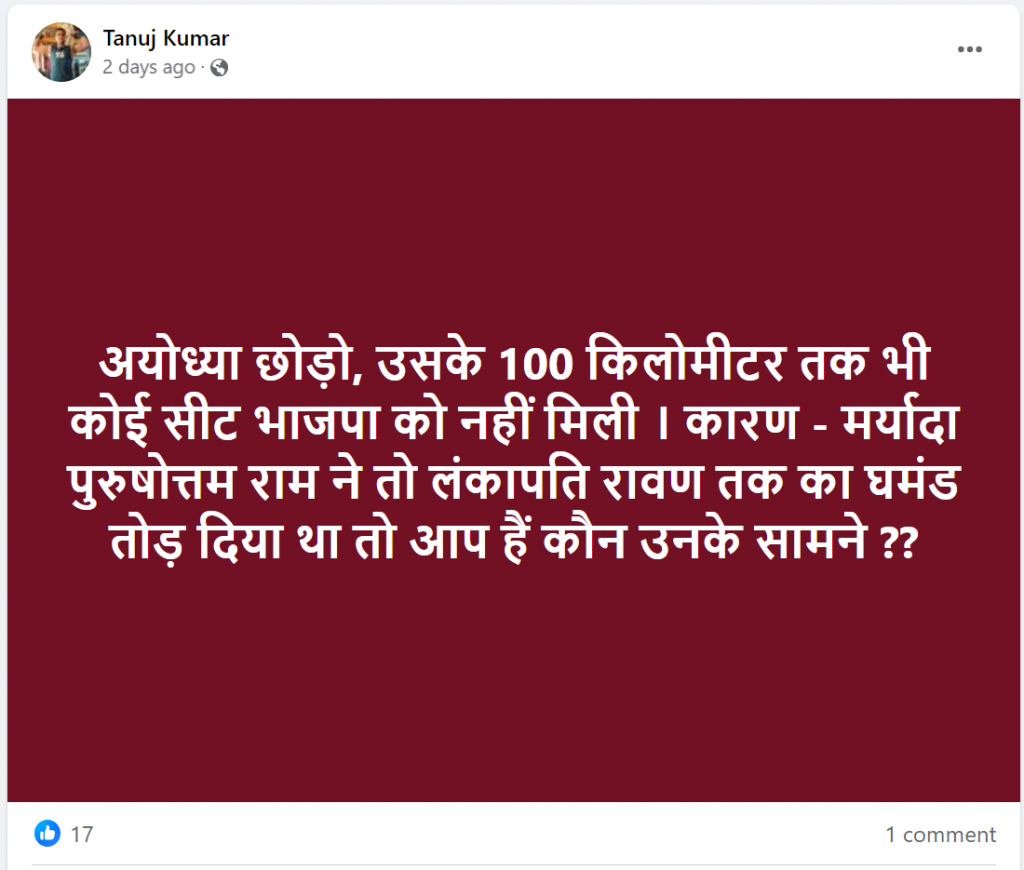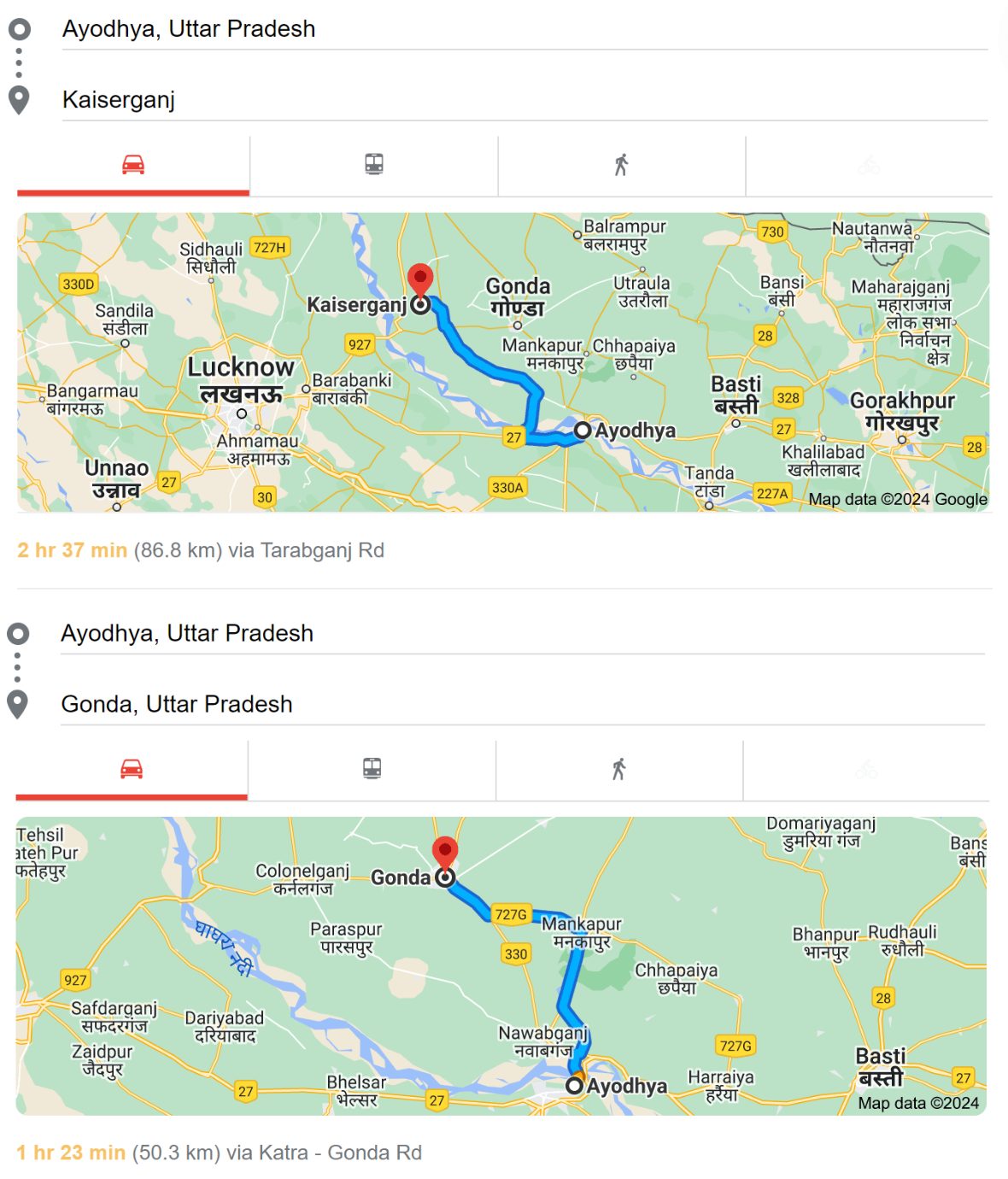
On the front page of the CDC website is the following headline:

Which then opens into the following:

- Are you ready to give away your chickens?
- Move from the country?
- Wear gloves and a mask when caring for backyard chickens?
- Stop buying eggs from your local farmer
- or, all of the above?
But hold your horses, reading further into the report – here are the numbers:

Out of 330 million people in the USA in 2024, 109 have gotten sick from Salmonella and have some association with backyard poultry this year.
A further dig into the CDC archives reveals that for the past six years, the CDC has conducted successive investigative “reports” on Salmonella outbreaks linked to backyard poultry. In fact, they write numerous articles on the subject each year.

Something fishy is going on here…
A search for poultry and salmonella on the CDC website reveals no such investigations or public reports for commercial poultry operations. There are NO reports for 2024, 2023, 2022, 2021, 2020 or 2019 (the archives stop at 2019).
The CDC estimates that Salmonella bacteria cause about 1 million illnesses, 19,000 hospitalizations, and 380 deaths each year in the U.S
Below are the numbers for salmonella cases linked to backyard poultry, according to the CDC webpages:

An extensive search on the CDC website could not find how many people are sickened by commercial poultry each year.
So I went to various AI services, which spat out answers about risk of transmission and statistics about being sickened backyard poultry. The exact same pablum that I had found on the CDC website.
So, then I went the USDA website, and from there I was able to extrapolate the answer.

Therefore, according to the USDA, 1 million x .23% = 230,000 people are sickened by Salmonella associated with the consumption of chicken and turkey each year.
Out of those 230,000 infected with Salmonella from poultry a year, about a thousand people are sickened from backyard poultry (from the CDC).
THIS MEANS THAT ONE OUT OF EVERY 230 POULTRY-RELATED SALMONELLA CASES IN THE USA IS RELATED TO BACKYARD POULTRY!
One out of 230 salmonella cases, yet the CDC is completely focused on the risk of salmonella associated with backyard poultry in its public messaging and warnings.
You can’t make this stuff up.
But it gets worse; recently, North Carolina State University conducted a study that documented backyard and small farm poultry operations are infected with salmonella at a much lower rate than commercial plants.


So, the CDC’s website has nothing to say about salmonella-related illnesses for the 229,000 people infected from commercial operations, but the website is literally flooded with dire warnings about backyard poultry for the 1067 cases per year infected from backyard flocks.
How could this be anything but intentional?
Of course, the issue of regulatory capture again raises its ugly head.
Who hires someone after they have worked for the CDC? Industry, of course. Does the person who researches the high levels of salmonella in commercial poultry houses get hired?
“As far as making people sick and posing economic threats to the meat and poultry industry, it is at the top, it is the most widespread foodborne pathogen,” said Jonathan Campbell, PhD, extension meat specialist and associate professor of animal science at Pennsylvania State University, in University Park, Pa.
Salmonella is among the most widespread foodborne pathogens in part because there are so many types, referred to as serotypes, said Jasna Kovac, PhD, assistant professor of food safety and food science at Penn State. It also easily moves from animal hosts to people.
“It can survive pretty much everywhere in the environment, but its main harborage is in warm-blooded animals,” she explained.
So, salmonella will always be a risk in our food supply, including salmonella found in plant-based foods. But why has the CDC chosen to go after backyard flocks and small farmers? Of all the health-related news in the United States, why is the minuscule number of people infected from backyard poultry news on their front page year after year after year?
By omitting the true statistics about salmonella infections derived from the commercial poultry sector and highlighting backyard birds, the CDC intentionally misrepresents the danger of salmonella found in commercially produced poultry products. Commercial poultry farming is a big business, so is the CDC protecting that industry by throwing small farmers and homesteaders under the bus?
The government does not like what it can not control or regulate. When we create our own independent food supply networks, this triggers the government.
It is also hard to tax what they can not regulate.
But beyond that, this is a war by our government on personal sovereignty.
Thank you for reading Who is Robert Malone. This post is public so feel free to share it.
On a personal note, we have quite the pea-baby production going on here.
We collect one or two peacock eggs a day, save them up and then place them in the incubator each week. On Sunday, they get put into the brooder area for hatching.
So, far we have three weeks of hatchlings, for a total of 15+/- birds – with eight more due to hatch tomorrow.
Most of the babies will be given away to friends or sold.
(For those that didn’t know it, Jill and I are huge fans of aviculture, and Jill worked at the San Diego Zoo and Wild Animal Park as well as the Brookfield Zoo in the 1980s. So for us, having these amazing avian creatures strolling around the farm is a joy. And as to answer the oft-asked question; no – the noise really doesn’t bother us. The exotic sounds of pea and guinea fowl sing to my soul.
Behold, a just-hatched baby pea.

The post The Government’s War on “Backyard” Farms first appeared on Dissident Voice.
This content originally appeared on Dissident Voice and was authored by Robert Malone.
This post was originally published on Radio Free.
Lock them up. The whole bally lot. The pollsters, the pundits, the parasitic hacks clinging to the life raft of politics in the hope of earning their crust. Yet again, the election results from a country have confounded the chatterers and psephologists. India’s Prime Minister, Narendra Modi, was meant to romp home and steal the show in the latest elections. The Bharatiya Janata Party was meant to cut through the Lok Sabha for a third time, comprehensively, conclusively. Of 543 parliamentary seats, 400 were to be scooped up effortlessly.
From a superficial perspective, it was easy to see why this view was reached. Modi the moderniser is a selling point, a sales pitch for progress. The builder and architect as leader. The man of temples and faith to keep company with the sweet counting of Mammon’s pennies. Despite cherishing an almost medieval mindset, one that rejects Darwinian theories of evolution and promotes the belief that Indians discovered DNA before Watson and Crick, not to mention flying and virtually everything else worth mentioning, Modi insists on the sparkle of development. Propaganda concepts abound such as Viksit Bharat (Developed India). The country, he dreams, will slough off the skin of its “developing” status by 2047, becoming a US$30 trillion economy.
The BJP manifesto had pledges aplenty: the improvement of the country’s infrastructure, the creation of courts programmed to be expeditious in their functions, the creation of “high-value” jobs, the realisation of India as a global hub for manufacturing.
The electors had something else in mind. At the halfway point of counting 640 million votes, it became clear that the BJP and its allies had won 290 seats. The BJP electoral larder had been raided. The Modi sales pitch had not bent as many Indian ears as hoped. The opposition parties, including the long-weakened Congress Party, once the lion of Indian politics, and the Indian National Developmental Inclusive Alliance, had found their bite. States such as Tamil Nadu, Punjab and Maharashtra, had put the Hindutva devotees off their stroke.
Despite Modi’s inauguration of a garish temple to Ram at Ayodhya, occupying the site of a mosque destroyed by mob violence (the cliché goes that criminals return to the scene of their crime), the Socialist party and Congress alliance gained 42 of the 80 seats on offer in Uttar Pradesh. A rather leaden analysis offered in that dullest of publications, The Conversation, suggested that Hindu nationalist policies, while being “a powerful tool in mobilising the BJP’s first two terms” would have to be recalibrated. The theme of religious nationalism and its inevitable offspring, temple politics, had not been as weighty in the elections as initially thought.
For such politics watchers as Ashwini Kumar, the election yielded one fundamental message: “the era of coalition politics is back”. The BJP would have to “put the contentious ideological issues in cold storage, like the uniform civil code or simultaneous elections for state assembly and the Parliament.”
While still being the largest party in the Lok Sabha, the BJP put stock in its alliance with the National Democratic Alliance. The NDA, said Modi, “is going to form the government for the third time, we are grateful to the people”. The outcome was “a victory for the world’s largest democracy.”
Modi, sounding every bit a US president dewy about the marble virtues of the republic, romanced the election process of his country. “Every Indian is proud of the election system and its credibility. Its efficiency has not [sic] match anywhere else in the world. I want to tell the influencers that this is a matter of pride. It enhances India’s reputation, and people who have a reach, they should present it before the world with pride.”
For a man inclined to dilute and strain laws in a breezy, thuggish way, this was quite something. Modi spoke of the Indian constitution as being “our guiding light”, despite showing a less than enlightened attitude to non-Hindus in the Indian state. He venerated the task of battling corruption, omitting the fact that the vast majority of targets have tended to be from the opposition. The “defence sector”, he vowed, would become “self-reliant”.
In an interview with the PTI news agency, the relentlessly eloquent Congress Party grandee Shashi Tharoor had this assessment. The electorate had given a “comeuppance” to the BJP’s “overweening arrogance” and its “my way or the highway attitude”. It would “be a challenge for Mr Modi and Amit Shah who have not been used to consulting very much in running their government and I think this is going to test their ability to change their way of functioning and be more accommodative and more conciliatory within the government and also I hope with the Opposition.”
Whatever Modi’s sweet words for the Indian republic, there was no getting away from the fact Hindutva’s juggernaut has lost its shine. We anticipate, to that end, something amounting to what Tharoor predicts to be a “majboor sarkaar (helpless government)” on fundamental matters. Far better helpless in government than ably vicious in bigotry. The post Modi’s Comeuppance: The Waning of Hindutva first appeared on Dissident Voice.
This content originally appeared on Dissident Voice and was authored by Binoy Kampmark.
This post was originally published on Radio Free.
This content originally appeared on Radio Free Asia and was authored by Radio Free Asia.
This post was originally published on Radio Free.
This content originally appeared on The Intercept and was authored by The Intercept.
This post was originally published on Radio Free.
| 
